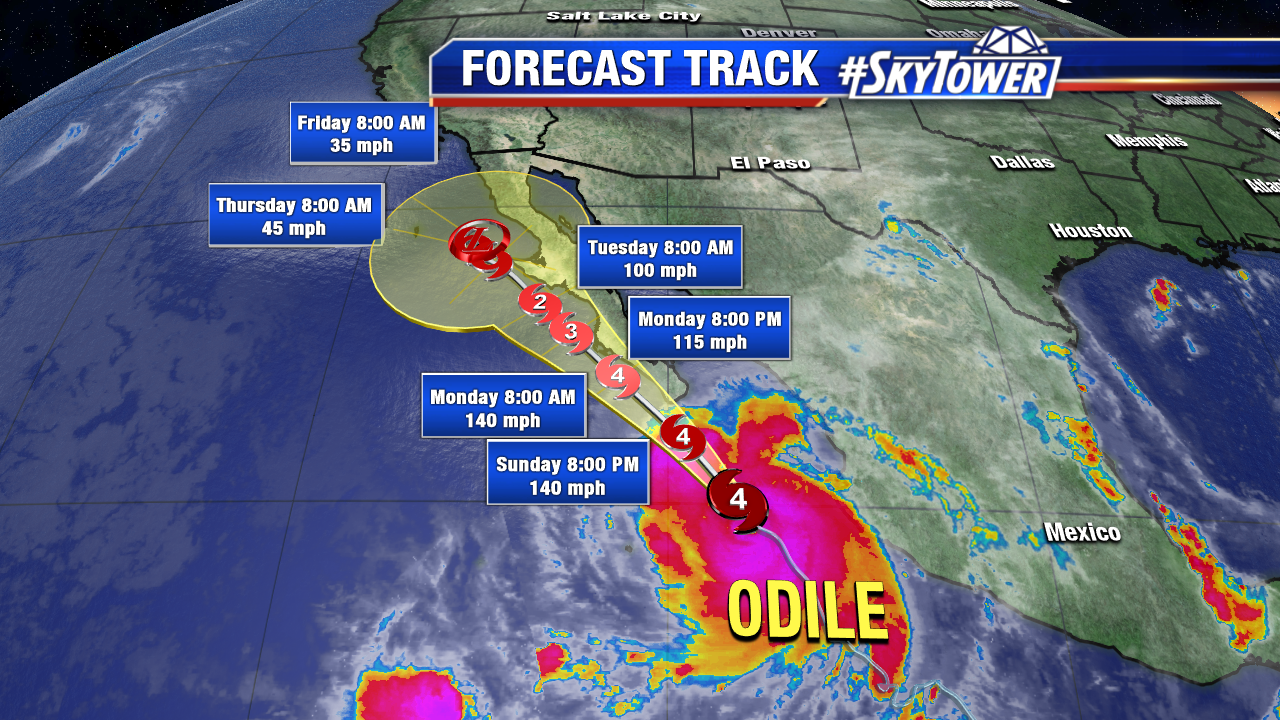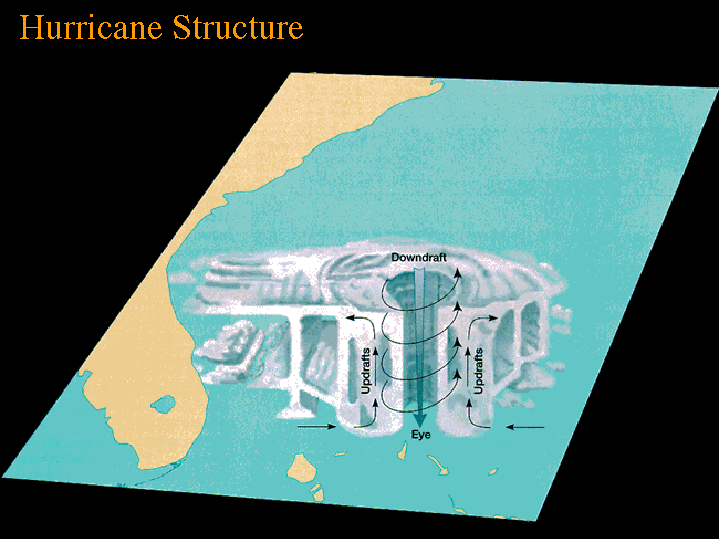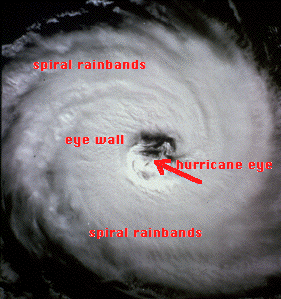Climate of Cabo San Lucas
Cabo San Lucas as previosuly mentioned in other posts, is a hotspot for vacationers. Cabo San Lucas is featured in Baja California. This long coast South of California features the Sea of Cortez. There
are two main geographical systems in Baja California; the first may be
known as the Californian region; the northwest characterized by the
Mediterranean climate. Near
the Sea of Cortez the climate is Mediterranean. Meaning that the
climate is very warm and dry with rain expected during the summer, the second part is the Sonora Desert. The
desert provides high temperatures, little rainfall, mountainous terrain
and cactus like vegetation. Usually this part of Baja California may be
seen while driving from the airport to your hotel in Cabo. The
peninsula itself is considered rich in natural resources including
tungsten, salt, turquoise, gold veins, and copper beds. To the Southwest the climate is still considered Mediterranean with the same warm and dry climates but with cool winters; due to its wetland ecosystem(dunes and conifer forests). The southwest and south coasts experience dry conditions with cooler temperatures.
The desert part of Baja California.
image from intactnature.com
Hurricane Odile
In September 13, 2014 Hurricane Odile devastated Cabo San Lucas. At the last minute the storm unexpectedly moved to the east. The category 3 hurricane, the strongest hurricane to hit Baja California knocked out power, closed the airport, and stranded around 30,000 tourists.
Image of projected hit of Hurricane (Image from Fox News)
News Story based on hurricane Odile and Cabo San Lucas
by KRON 4
Hurricane Structure
The
format for a Hurricane consists of five major ingredients including: a strong Coriolis effect (Usually 5-20 degrees away from equator), high sea surface
temperatures, few changes in wind speed, lots of water vapor (in low levels), and some
convergence.
Image from Professor Allen Lecture
How a Hurricane Grows
Hurricanes extract heat, low level warm water is drawn to the center as air rises. As the positive feedback continues to grow it builds from low pressure into a tropical storm, then into a hurricane which may become devastating.
Image above shows the eye of a hurricane, as well as the eye wall.
Image from professor Allen Lecture.
The Eye of a Hurricane and the Eye wall
The middle of the hurricane is known as the eye. The eye is usually 20-50km in diameter; usually warm; contains light winds; as well as either clear or broken clouds. The eye of the hurricane is where convergence happens; a cycle of up draft and down drafts. The eye wall of a hurricane contains strong winds and thunderstorms. Latent heat release is key in form of energy, the hurricane extracts heat or energy from the ocean.
Life Cycle of a Hurricane
Link above explains in further detail the cycle of a Hurricane.
Categories of Hurricanes
Hurricanes increase in strength and category. There are five categories into which hurricanes may be categorized into. Hurricane Odile was categorized as a category 3 hurricane. Meaning that winds reached up 135 mph with a storm surge that could reach 12ft. including damage to buildings.
Hurricane Categories
Link above describes the categories mentioned.
Hurricane Odile and The Damage Caused
Hurricane Odile hit with wind speeds reaching up to 125 mph, causing extensive damage to the city and resorts. An estimated 92% of the Baja region was left without power or water, the biggest electrical disaster in Mexico ( according to the Mexican Electric Company CFE). All tourists stranded in Baja during the storm returned safely after the airport was reopened. Hurricane Odile has been estimated to deliver nearly $1 billion dollars or 12 billion pesos in economic loss. The damage was as devastating as that from Hurricane Wilma in 2005.
How a Hurricane Grows
Hurricanes extract heat, low level warm water is drawn to the center as air rises. As the positive feedback continues to grow it builds from low pressure into a tropical storm, then into a hurricane which may become devastating.
Image above shows the eye of a hurricane, as well as the eye wall.
Image from professor Allen Lecture.
The Eye of a Hurricane and the Eye wall
The middle of the hurricane is known as the eye. The eye is usually 20-50km in diameter; usually warm; contains light winds; as well as either clear or broken clouds. The eye of the hurricane is where convergence happens; a cycle of up draft and down drafts. The eye wall of a hurricane contains strong winds and thunderstorms. Latent heat release is key in form of energy, the hurricane extracts heat or energy from the ocean.
Life Cycle of a Hurricane
Link above explains in further detail the cycle of a Hurricane.
Categories of Hurricanes
Hurricanes increase in strength and category. There are five categories into which hurricanes may be categorized into. Hurricane Odile was categorized as a category 3 hurricane. Meaning that winds reached up 135 mph with a storm surge that could reach 12ft. including damage to buildings.
Hurricane Categories
Link above describes the categories mentioned.
Hurricane Odile and The Damage Caused
Hurricane Odile hit with wind speeds reaching up to 125 mph, causing extensive damage to the city and resorts. An estimated 92% of the Baja region was left without power or water, the biggest electrical disaster in Mexico ( according to the Mexican Electric Company CFE). All tourists stranded in Baja during the storm returned safely after the airport was reopened. Hurricane Odile has been estimated to deliver nearly $1 billion dollars or 12 billion pesos in economic loss. The damage was as devastating as that from Hurricane Wilma in 2005.
video of hurricane Odile hitting Cabo San Lucas
From TodayNews
Work Cited:
http://www.worldatlas.com/aatlas/infopage/baja.htm
http://www.startribune.com/lifestyle/travel/281836521.html
http://www.cabosanlucastours.net/Hurricane_Odile/
Professor Allen Lecture



